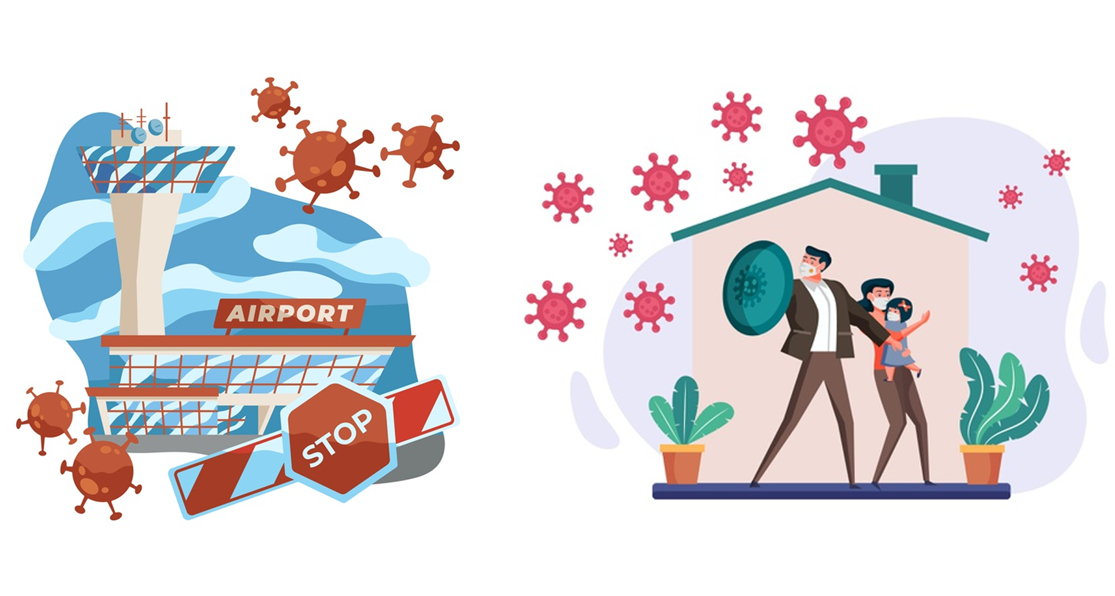Authors: Gita Das & Catherine Lopes
From the 1st COVID-19 case appears in a country, this virus has penetrated into different communities at a different rate among different countries. At a certain point of time, governments normally implement a certain type of measures and policies in order to save lives and livelihood. These measures include testing, tracing, increasing the capacity of the health system, lockdown and travel restrictions, and many more. In this article, we study a group of countries to see how they are performing in controlling the spread of the virus with the timing of various measures they used.
Data & countries in this study
Continuing from our previous work, we included the countries that have more confirmed cases than Australia in this study. As of 12 Jun 2020, there are 64 countries that have more confirmed cases and their measures data are available. As a result, these 64 countries are to be explored in this study and their confirmed cases as of 12th Jun are shown in Fig 1 below.
Fig 1. Countries have more cases than Australia as of 12 Jun, 2020
We used 2 sets of data from the Humanitarian Data Exchange (HDE).
- Dataset that tracks the number of people affected by COVID-19 worldwide including the cases of confirmed, recovered and deaths.
- Dataset for imposed measures “acaps_covid19_government_measures_dataset.xlsx” is obtained HDE.
Correlations among the imposed measures
A group of 33 measures are presented among the countries in this study, and they range from “strengthening the public health system” to “partial lockdown”, and many others. Each measure is scaled to [0,1] based on the timing of each specific measure used by a country. From the day of the 1st case reported in a country, if a measure was not used, then the measure is recorded as 0. The earlier a measure was introduced by a country, the higher value (closer to 1) that specific measure is recorded. A heatmap based on Pearson correlation coefficient is shown in Fig 2 below.
#covid19 #clustering-analysis #australia #correlation #preventive-measures #data analysis
